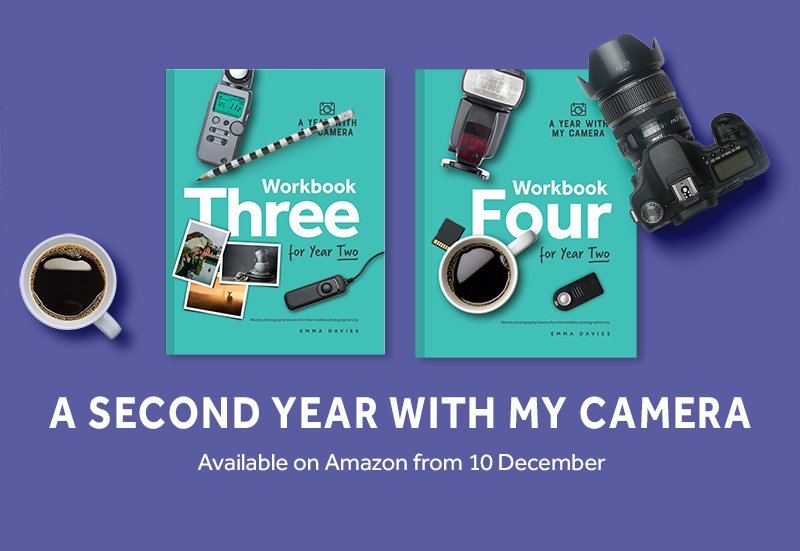Scroll to the end of this post for details of my latest book launch and up-coming courses.
I’ve been reading three books this month:
Landscape and Power (ed. W J T Mitchell)
Women and Landscape Photography (ed. Liz Wells)
Landscape in Western Art (Malcolm Andrews)
I’m trying to situate my own landscape photography within the world of contemporary photography. I don’t have all the answers yet but I set out below some initial observations about how the history of landscape photography influences the state of the industry today.
History
The history of photography, of landscape art and of women in landscape photography is just one version of what actually happened. It’s being recognised more and more that the “official” version of history (including art history) is not the only version: to pick three instances that I’ve recently seen, the Uffizi is highlighting historic violence towards women, the National Trust is addressing the role colonialism and slavery has played in its collections and the victims of Jack the Ripper are having their actual stories told (you probably thought they were prostitutes; maybe they weren’t).
So when we are told that landscape photography should be done in a particular way, why is that? Who sets the rules?
Popular* landscape photography in 2021 has the following characteristics:
It can usually be described as “awesome” or “epic”.
It prioritises sharpness and technical expertise.
Hard-to-reach places are seen as “better”.
It’s important that a judgment can be made: “Is this a good photograph or not? What score would I give it out of 10?”.
The photographer is seen as outside the landscape, “capturing” or “shooting” it.
*By “popular” I mean; does well in competitions, is published in photo magazines or is popular on Instagram.
Reading about the history of landscape art it becomes clear that the (contrived?) concept of an ideal landscape that started in the sixteenth century is still alive today.
Why must landscapes be picturesque or sublime (in the “terrifying” meaning of the word)? Why are representations of wildernesses and high peaks given more space than anything else?
What do you enjoy looking at in landscape photography? Do you see much of your preference in the press, on Instagram or in your camera club?
Have you tried making (or finding other people’s) landscape images that:
give you a sense that the photograph is in the landscape?
suggest a biographical relationship with the photographer rather than a documentary one?
are uncertain and hard to read?
value thought and feeling over aesthetics and technical expertise?
In a period of research and observation it’s tempting to put your camera down and stop making images until you know where you’re going and what you want to do. I haven’t made many images in the last couple of months but this week decided to go out and just see what happened. What happened was a dark series (above) where I wanted to disguise the scale of the landscape, hoping to tempt you, the viewer, to look more closely. I hope it’s not obvious what time of day the photos were made, nor what, exactly, you are looking at.
New books published
Earlier in December I published A Second Year With My Camera. This is now available on your local Amazon store in the form of two workbooks (“Workbook Three” and “Workbook Four”).
New courses in early 2022
“Self Portraits for people who don’t like to be in front of the camera” runs again from mid-January. Hosted by photographer Caroline Morten this course will help you very gradually emerge from behind the camera. Sign up below to be notified when this course is open for registration:
“Beginner’s Photoshop” runs for the first time in February. Jointly hosted by me and Jez Hart, my designer, this course will show you the essentials you need from all the bewildering options available in Photoshop.
And then running again from Spring onwards:
Mindful Photography
The Art of Flower Photography
Composition: Beyond the Basics
Join my once-a-month email list to be notified when these courses (including the Photoshop course) are open for registration:









